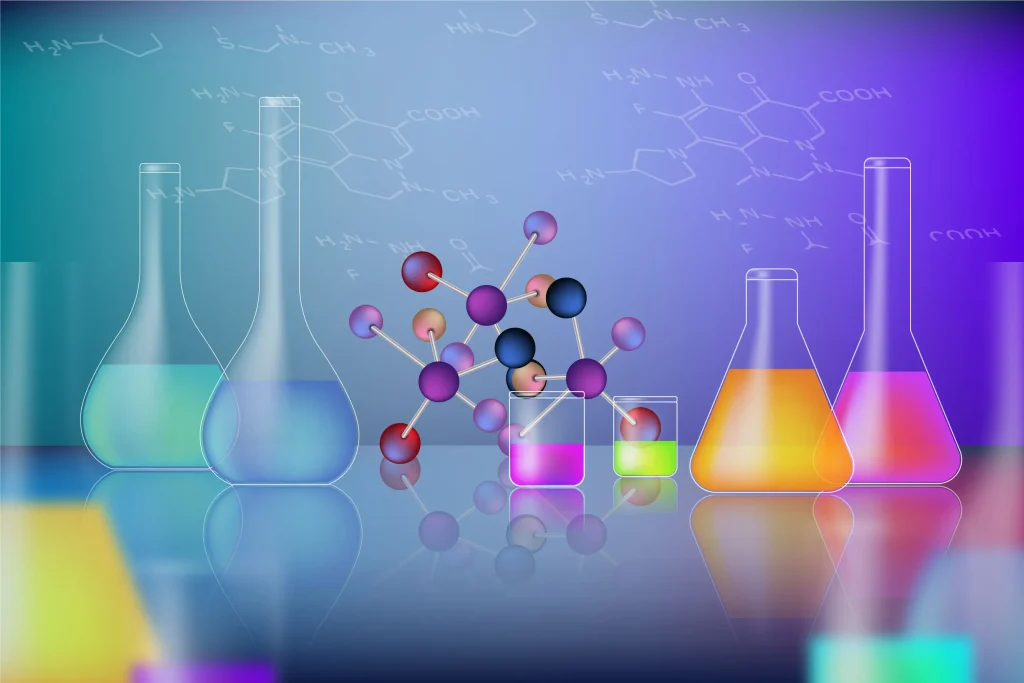Solubility of Drugs U-1 Notes
Buy Premium
Get The High-Quality Pdf Notes on App
Solubility of Drugs
- Solubility Expressions
- Mechanisms of Solute-Solvent Interactions
- Ideal Solubility Parameters
- Solvation & association
- Quantitative Approach to Factors Influencing Solubility of Drugs
- Diffusion Principles in Biological Systems
- Solubility of Gas in Liquids
- Solubility of Liquids in Liquids
- Raoult’s Law & Real Solutions
- Partially Miscible Liquids
- Critical Solution Temperature (CST)
- Distribution Law
Other Units of Physical Pharmaceutics I
Physical Pharmaceutics I
Other Subjects of B Pharmacy 3rd Semester
Topic wise notes of:
Pharmaceutical Organic Chemistry II
- Benzene & It’s Derivative
- Phenols, Aromatic Amines & Acids
- Fats & Oils
- Polynuclear Hydrocarbons
- Cycloalkanes
Topic wise notes of:
Pharmaceutical Engineering
Topic wise notes of:
Pharmaceutical Microbiology
- Microbiology and Bacterial Cultivation Techniques
- Sterilization Techniques and Staining Methods
- Fungi, Viruses, and Sterility
- Aseptic Area and Assay Methods
- Microbial Spoilage & Cell Culture
Unit I Summary: Solubility of Drugs and Related Principles
Unit I focuses on the solubility of drugs, a fundamental concept in pharmaceutical sciences that affects drug formulation, absorption, and bioavailability. It begins with the various expressions of solubility and explores the mechanisms of solute-solvent interactions, including solvation and association processes. The concept of ideal solubility parameters is introduced to help understand the compatibility between drugs and solvents.
A quantitative approach is taken to examine the factors influencing drug solubility, such as temperature, pressure, pH, and the nature of solute and solvent. The unit also addresses the diffusion principles relevant to biological systems, which are essential for understanding drug transport and absorption in the body.
Further, it discusses the solubility of gases in liquids and liquids in liquids, distinguishing between ideal and real solutions using Raoult’s law. The concept of partially miscible liquids, critical solution temperature, and their pharmaceutical applications are also explained. Finally, the distribution law, along with its limitations and applications, is covered to highlight how drugs partition between different phases in formulations and biological systems.
At FirstHope, we provide BPharm notes that are topic-wise, easy to understand, and designed strictly as per the AKTU and Other Universities, hence designed according to PCI syllabus.



